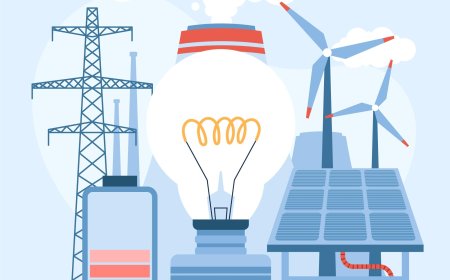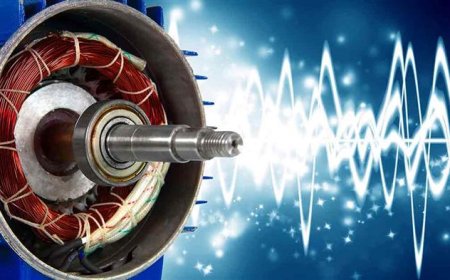- Learn to calculate heating and cooling loads based on building parameters like insulation, square footage, and climate.
- Gain experience in sizing HVAC systems to meet calculated heating and cooling requirements.
- Understand how system sizing impacts energy efficiency and occupant comfort.
- Develop the ability to choose appropriate HVAC equipment for various building types and conditions.
- Learn to optimize HVAC system performance by accurately balancing load calculations and equipment selection.
imaginX is used by many amazing schools and universities
University / College

























